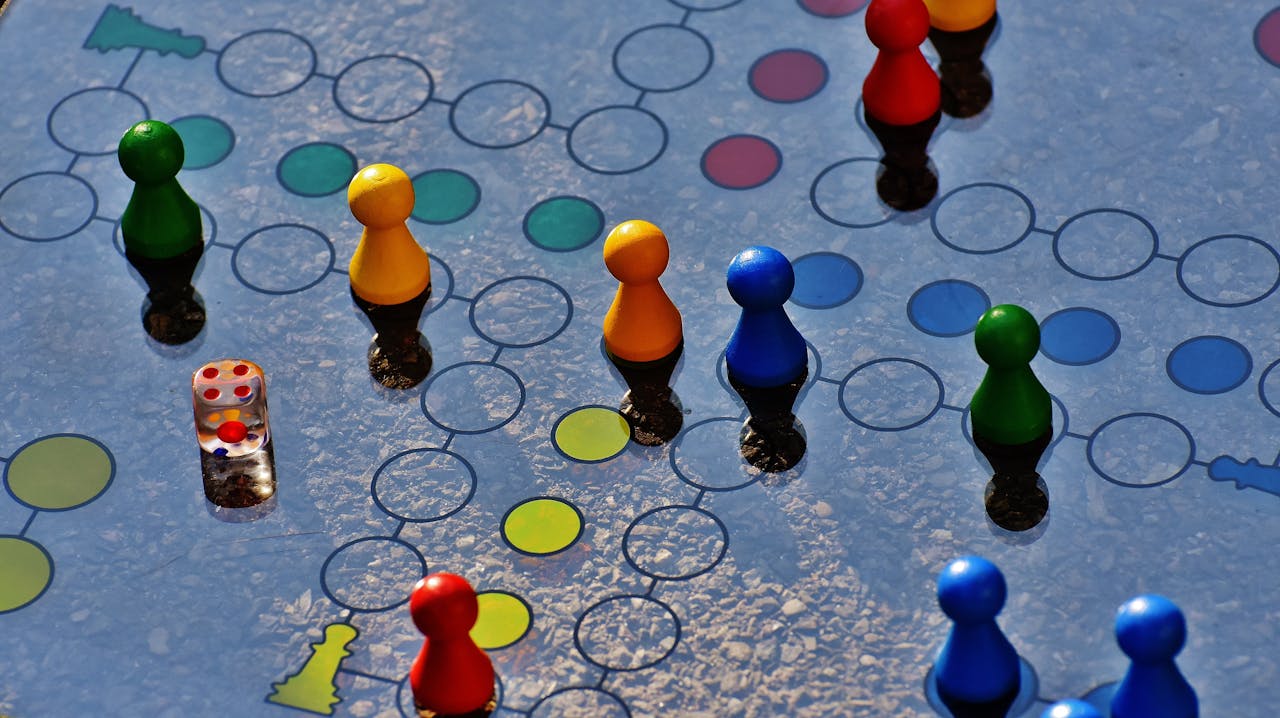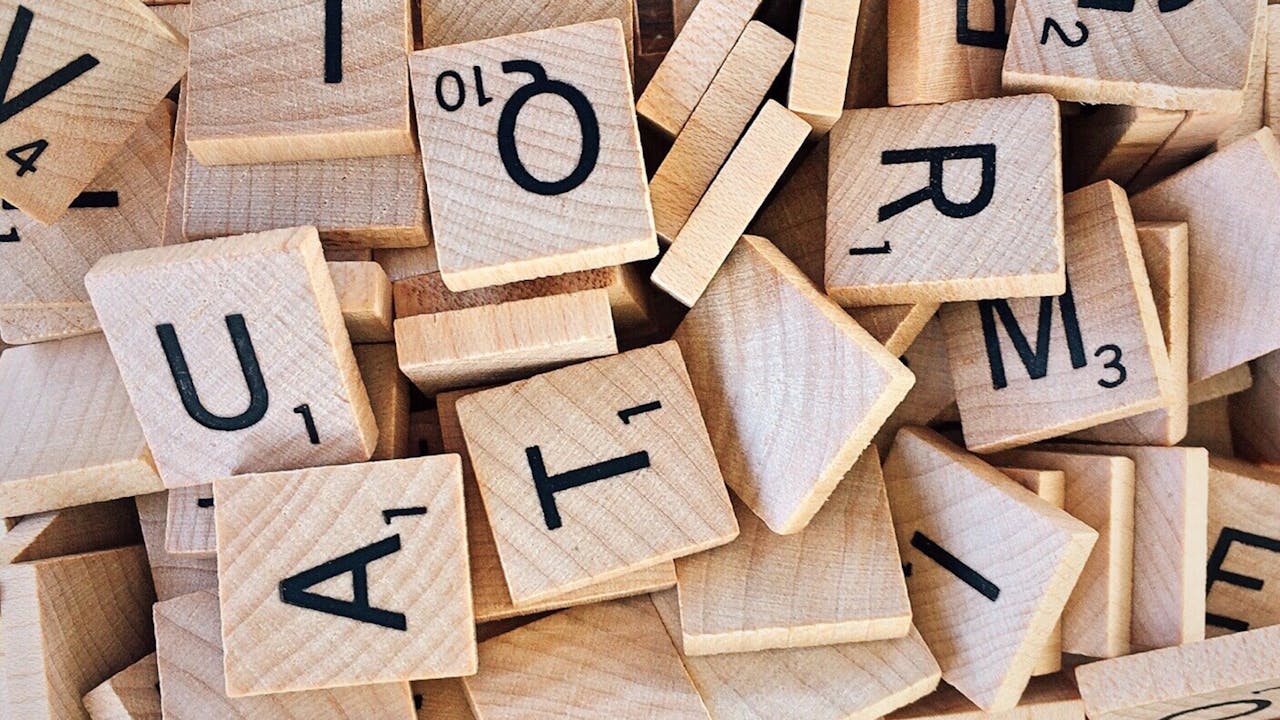Snakes and Ladders is a timeless, easy-to-learn board game that has been entertaining families for generations. It’s a game of chance that is enjoyed by both young and old, and the rules are simple enough for anyone to pick up. In this blog post, we’ll take you through the basics of how to play Snakes and Ladders, explain the rules, and offer some tips to make your game even more enjoyable.
What is Snakes and Ladders?
Snakes and Ladders is a classic board game where players race to be the first to reach the final square of the board. The catch? The board is full of snakes and ladders that can either help you advance or send you backward. It’s a game purely of luck, with no skill involved, making it perfect for casual play with friends, family, or even children.
Setting Up the Game
To play Snakes and Ladders, you’ll need:
- 1 Snakes and Ladders board: Typically, the board consists of a grid with 100 numbered squares (1 to 100). Some variations use fewer squares, but the basic gameplay remains the same. The board has snakes that cause players to slide backward and ladders that help players advance forward.
- 1 die: A standard six-sided die is used to determine how many spaces a player moves on each turn.
- 1 piece per player: Each player uses a distinct marker or piece that moves across the board as they take turns.
Basic Rules of Snakes and Ladders
- Objective of the Game:
- The goal of Snakes and Ladders is to be the first player to reach the last square on the board (usually square 100) by moving according to the number rolled on the die.
- Starting the Game:
- Each player places their piece on square 1, the starting position.
- Players take turns rolling the die to determine how many squares they move forward on their turn.
- Taking Turns:
- On each player’s turn, they roll the die and move their piece forward by the number shown on the die.
- The piece must always move forward; you cannot move backward unless you land on a snake.
- Snakes:
- When you land on a square that has the bottom of a snake, you must slide down to the square at the snake’s tail. This sends you backward on the board, which can be frustrating but is part of the game’s challenge.
- The longer the snake, the greater the setback.
- Ladders:
- When you land on a square with the bottom of a ladder, you can climb the ladder to the top, advancing significantly forward.
- The higher the ladder, the greater the advantage, helping you move closer to the goal.
- Reaching the End:
- Players continue taking turns rolling the die and moving their pieces according to the rules.
- The first player to reach the last square (usually square 100) wins the game. You must land on square 100 exactly, meaning if you roll a higher number than required, you stay in place until your next turn.
- What Happens if You Land on a Snake or Ladder:
- Ladder: If you land on a square with a ladder, you move up to the square where the ladder ends.
- Snake: If you land on a snake, you move down to the square at the tail of the snake.
Example of Play
Let’s say you are playing a game with two players, and it’s your turn to roll. You roll a 4, so you move your piece four spaces forward. If you land on a square with the base of a ladder, you’ll climb up to the square at the top of the ladder. If you land on a square with a snake’s mouth, you’ll slide back to the tail of the snake.
Tips and Strategies for Snakes and Ladders
While Snakes and Ladders is a game of pure luck, here are some tips to keep in mind to make the game more enjoyable:
- Enjoy the Journey:
- Since Snakes and Ladders is largely based on chance, the most important thing is to have fun with the game. It’s a great way to bond with family and friends.
- Learn Patience:
- The unpredictable nature of snakes and ladders can be both exciting and frustrating. If you land on a snake and slide back, don’t get discouraged—your turn will come again, and you may just land on a ladder next time!
- Take Turns with Family:
- Snakes and Ladders is ideal for family play. Whether you’re playing with young children or with adults, it’s a fun way to bring everyone together. Keep the atmosphere light and fun.
- Be Aware of the Snakes and Ladders on the Board:
- While it doesn’t affect gameplay, noticing where the snakes and ladders are on the board can help you anticipate potential risks and rewards. However, remember that the game is ultimately about chance!
- Have a Backup Plan:
- If you’re playing with younger children, it’s a good idea to have a few other games ready just in case someone gets frustrated or wants to try something new. A board game collection ensures there’s always something to enjoy!
Conclusion
Snakes and Ladders is a simple yet exciting game that everyone can enjoy. The thrill of climbing up a ladder or the disappointment of sliding down a snake adds an element of surprise and suspense to every turn. Whether you’re playing with family, friends, or even just teaching young children how to play, the game provides endless hours of entertainment. So grab your die, pick your marker, and get ready for a game full of twists, turns, and fun—because in Snakes and Ladders, anything can happen!


